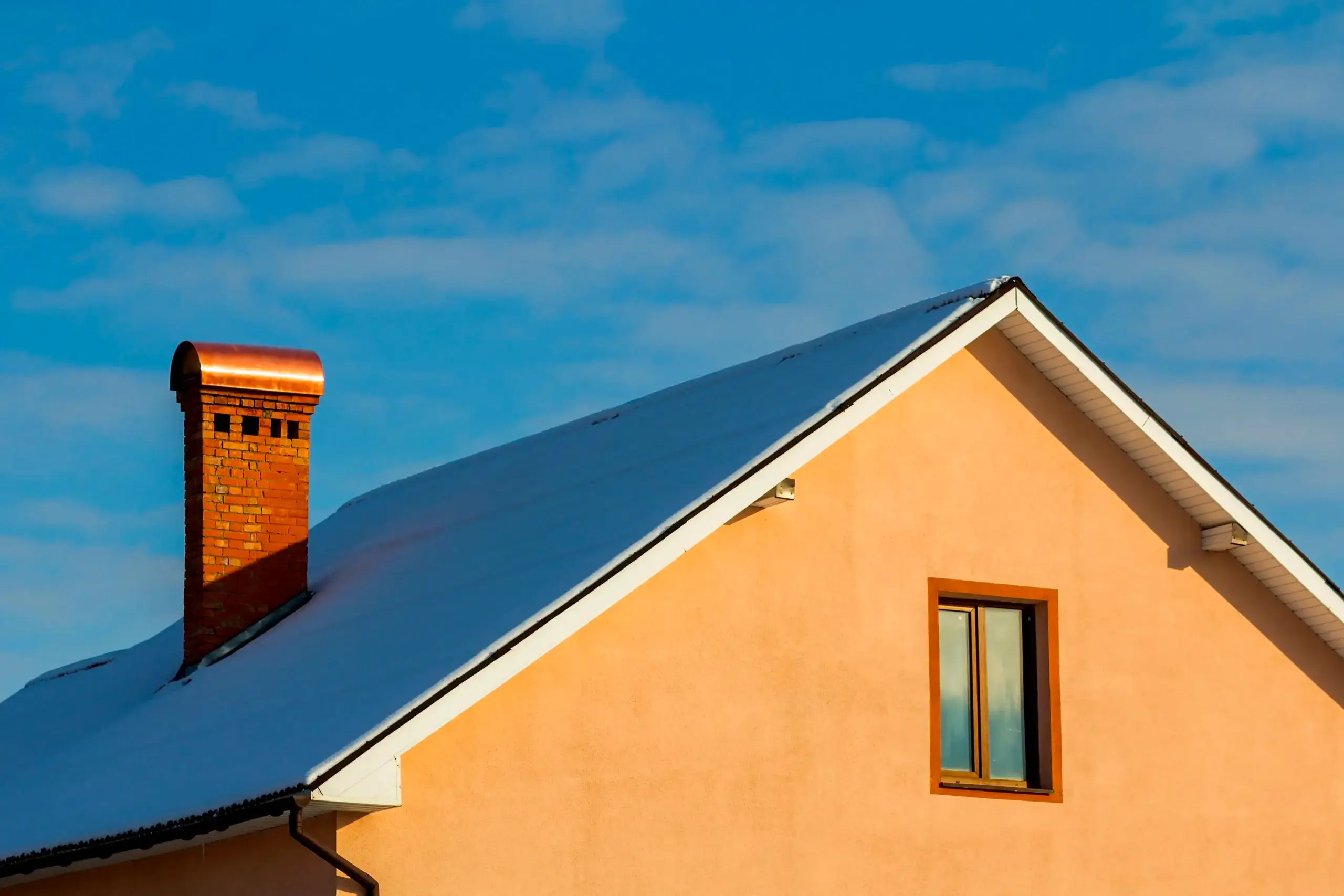Introduction
Importance of Chimney Safety
Fireplaces add a cozy touch to your home. But, did you know that your cozy fireplace could be a potential fire hazard if not maintained properly? Hence, “Safety first” should always be your mantra when it comes to your chimney. But how does one ensure that? One simple answer: Chimney Caps.
Understanding Chimney Caps
What are Chimney Caps?
A chimney cap, also known as a chimney cover or rain cap, is a device fitted on top of a chimney to protect it from external threats that might affect its function or potentially cause fires.
Different Types of Chimney Caps
Chimney caps come in a variety of shapes and materials, such as stainless steel, copper, and galvanized metal. The type of cap you choose depends on your specific needs, local climate, and the design of your chimney.
The Role of Chimney Caps in Fire Prevention
Keeping the Flue Clear
Without a cap, debris such as leaves and twigs can enter your chimney, potentially clogging the flue. A blocked flue doesn’t just hinder smoke exhaust; it can cause dangerous gases to build up in your home and even spark a chimney fire!
Preventing Ember Escapes
Chimney caps also prevent hot embers and sparks from escaping your chimney and landing on your roof or nearby flammable materials, which can be a serious fire hazard.
Shielding the Chimney from External Threats
Chimney caps provide a critical barrier against birds and other wildlife that may nest in your chimney, reducing the risk of blockages that can lead to fires.
Additional Benefits of Chimney Caps
Prevention of Wildlife Intrusion
A chimney without a cap is an open invitation for wildlife to move in. Animals nesting in your chimney are not just a nuisance; they can create blockages and fire hazards. A well-fitted chimney cap keeps these unwanted guests out!
Guarding Against Weather Damage
Chimney caps also protect your chimney from water damage. Water entering your chimney can damage the flue and the masonry, leading to expensive repairs and increased fire risks.
Installing and Maintaining Your Chimney Cap
Professional Installation
Proper installation is key to a chimney cap’s effectiveness. It’s advisable to have a professional install your chimney cap to ensure it fits correctly and functions as intended.
Regular Chimney and Cap Maintenance
Regular maintenance is just as important as a good installation. Your chimney and cap should be inspected and cleaned regularly to keep them in optimal condition.
Conclusion
Your fireplace can provide warmth and coziness, but it’s critical to remember the role of maintenance in preventing potential hazards. A chimney cap plays a crucial role in this, providing an array of benefits that extend beyond fire prevention. Stay warm, stay safe!
FAQs
- Do all chimneys need a cap?While not legally required in all areas, a chimney cap is highly recommended for all chimneys due to the protection it offers against fire hazards and other issues.
- Can I install a chimney cap myself?While it’s possible, it’s best to have a professional do it to ensure correct fitting and maximum safety.
- How often should I clean my chimney and cap?Chimneys should be inspected and cleaned at least once a year, typically before fireplace season begins.
- What type of chimney cap is best?The best cap depends on your chimney design, local climate, and specific needs. Consult with a professional for advice.
- Will a chimney cap affect my fireplace’s performance?A properly installed chimney cap should not affect your fireplace’s performance. In fact, it can enhance it by preventing flue blockages.

